6. Orpheus (1950)
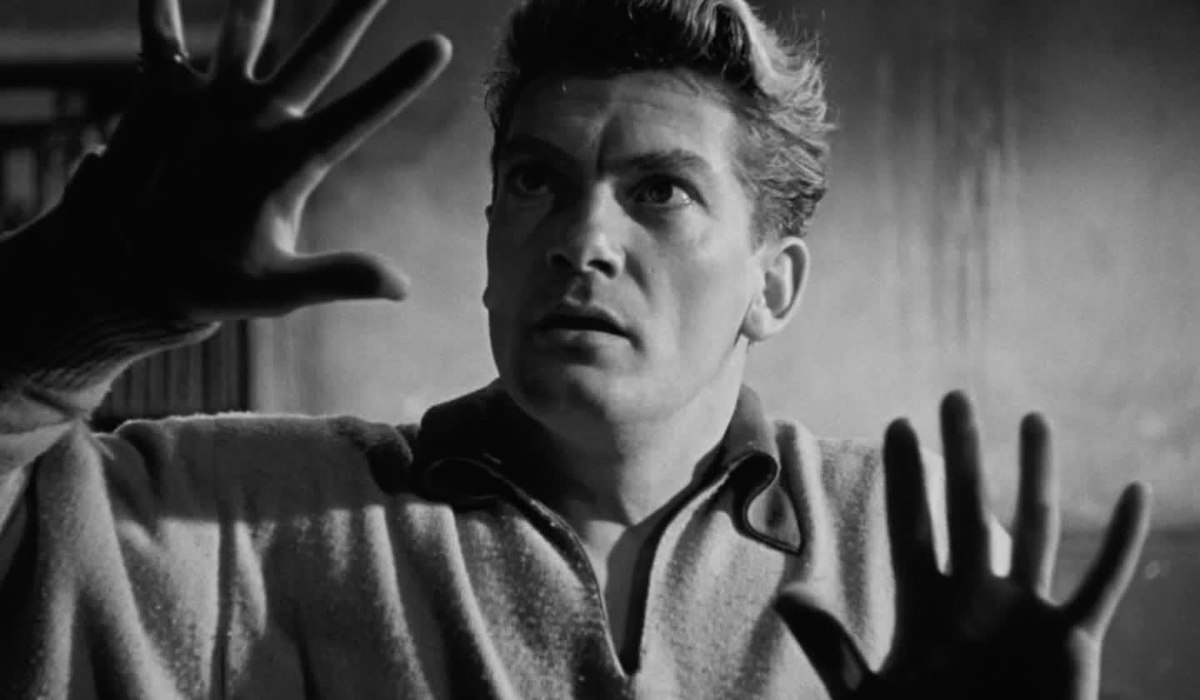
Another exciting experiment in Art-film-meets-Greek-myth is Jean Cocteau’s Orpheus. Cocteau, being a visual artist, poet, designer and playwright, as well as a filmmaker, was interested in using the Greek myth of Orpheus as a platform for a series of stylistic and surreal experiments, as much as he is interested in creating a self-contained film in its own right, and indeed watching Orpheus feels more like watching an experiment in style, technique, and Man-Ray-like visuals; though this is no draw back from the movie’s intrigue.
Cocteau’s Orpheus (played by Jean Marais) is a poet and cafe-culture aficionado – and this specific Orpheus seems more taken with poetry than with his wife Eurydice (Marie Déa), as well as spending his time trying to decipher the cryptic messages that pass through the car’s radio. Indeed the car’s power to communicate creates a disorienting myth out of the machinery of modernity, adding to the dream logic which the film so readily upholds. When Eurydice is later killed, as fate would have become her, the film needing to fulfil the narrative structure of its source material, Orpheus is taken through a ruined city into the Underworld in order to find his dead wife.
In the various retellings of the Orpheus tale, this transition into the Underworld is usually interpreted in strikingly different ways to suit the material. Orpheus was created just after WW2, and it’s no wonder that a wrecked city stands as the transitional zone between life and death. Indeed when confronting Death and a tribunal, Orpheus has a favoured love for Death who has the ability to embalm him as an immortal poet.
Cocteau’s adaption seems to thematically prioritise the issues that relate to the poet, the successive deaths which ultimately lend a poet a place in eternity, where death and ongoing life are reconciled in each other. It’s no accident that mirrors play such a large part in the movie, as surfaces in which we witness the duration of our mortality. The casting of Jean Marais as Orpheus, a star at the time, permits Cocteau to draw parallels between the mythic power of the film industry to create stars, to render faces immortal, the the seductive nature of art for a poet named Orpheus who flirts with Death more so than Life, believing that his name will last longer in the hands of the former.
7. Black Orpheus (1959)
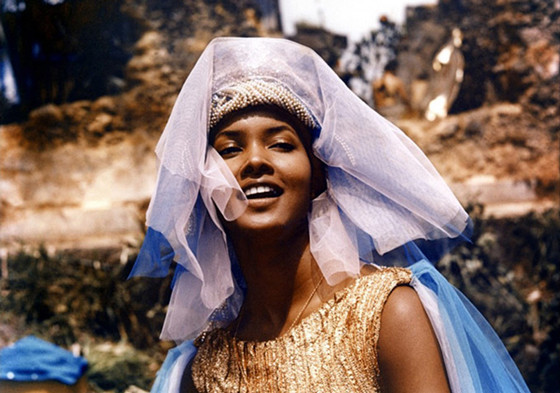
Stylistically different, tonally opposite, Marcel Camus’ take on the Orpheus myth, Black Orpheus, sets the tale in Rio de Janeiro in the middle of Carnaval; as a result, the myth is reborn through saturated colour and costuming, bringing new life to the myth. It couldn’t be further from the stark black and white of Cocteau’s Paris.
Opening with a statuesque image of Orpheus and Eurydice which seems totally Greek, the image then explodes as a samba dance breaks through into the foreground. Orfeo (Breno Mello) is more optimistic, vital and playful compared to his other reincarnations, and his love for Eurydice (Marpessa Dawn) is perhaps less nuanced, more wholesome than most other depictions of the fated pair. The film ends tragically to fulfil its commitment to the original myth, with Orfeo retrieving Eurydice merely as a dead body, which he carries home with him until fatefully being pushed off a cliffside with his lover still in his arms. However the sun nevertheless rises and two children who have long idolised Orfeo begin to play music on Orfeo’s old guitar, and revel in the joy of a new day.
Indeed the guitar is inscribed with Orfeo’s name, but as he explains to the children earlier in the film,“That Orpheus lived before I was born, and another Orpheus will come to take my place when I die”. Camus’ film is self-aware about the process in which myths get recycled and reborn over the years, old names brought to life with new faces.
The film was celebrated by artist Jean-Michel Basquiat, whose paintings mix mythology and black iconography together in a way that reinvents ideas of heroism, love and death for his community. However the film has also been criticised for the way that its characters are defined by a child-like naivety and haplessness, trying to challenge the stereotyped images of savagery by reverting to a sort of strange, misguided innocence. Perhaps Camus’s film is a good example in stressing how myths are not immune to critique, that they contain with them all the complexities and self-contradictions that mark the times in which they’re fashioned.
8. Phantom Thread (2017)
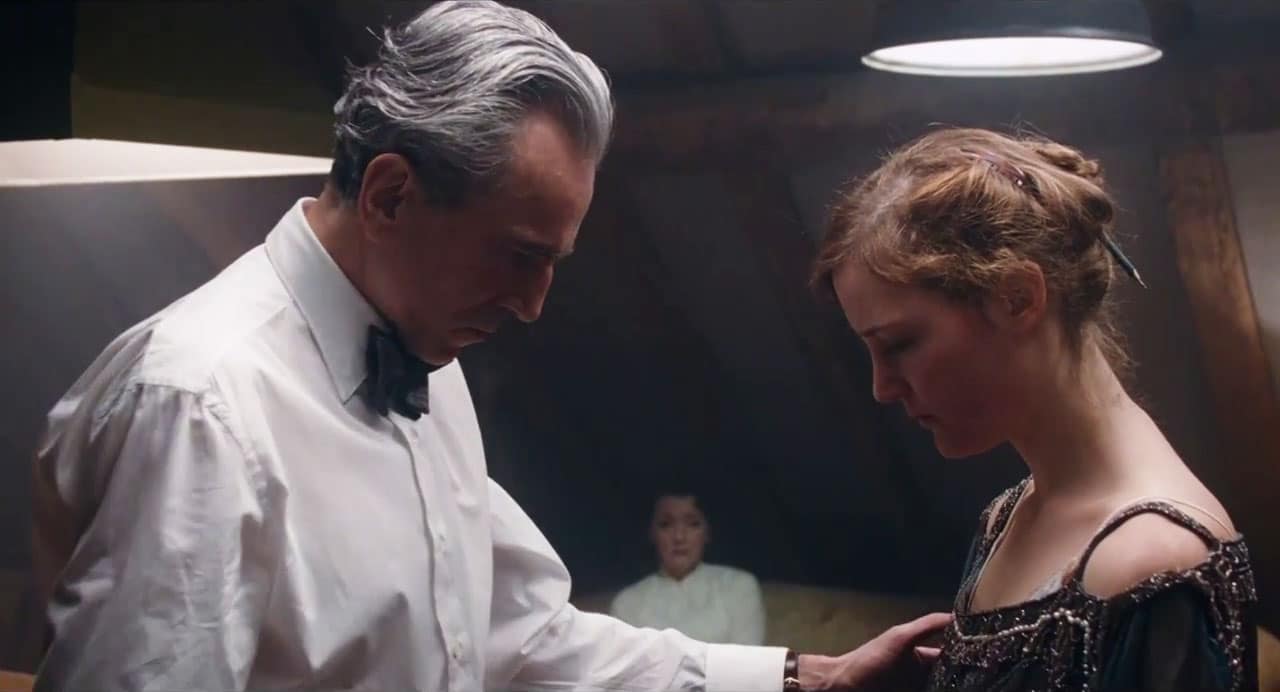
The myth of Pygmalion – the artist whose sculpture comes to life – has found reincarnation in many films from the past century, such as My Fair Lady, Pinnochio and De Palma’s Obsession. It’s a myth that feels especially apt for the big screen given that it’s essentially a tale about illusion becoming reality, the boundaries between art and life blurring. The myth also echoes through Paul Thomas Anderson’s film, Phantom Thread, which stars Daniel Day-Lewis as an established if not fastidious designer, Reynolds Woodcock, and his relationship with Alma Elson (Vicky Krieps), a waitress who soon becomes his muse – of course, at a cost.
Reynolds is a devout workaholic, married to dressmaking and consequentially he has no time in his schedule to show affection or gratitude to Alma. What’s intriguing about the film is how the relationship between Reynolds and Alma is never fully romantic. Despite romance manifesting in a sort of a push, pull, love, hate dynamic between the two leads, it is always Alma’s role as muse, as inspiration, which becomes a priority in the story, at least at first. The central driving force in the relationship is co-dependence. Indeed what keeps them together as collaborators if not lovers is the fact that they need each other, and force themselves to need each other. Alma is in the habit of actively poisoning Reynolds in order to nurse him back to health and guarantee her place by his side; Reynolds willingly consents to this relationship, to his own poisoning, if it permits him to keep his muse by his side.
Anderson uses the Pygmalion motif to create a masterful tale of obsession that flirts with Hitchcockian gothic (Rebecca, Vertigo) where creating an illusion and destroying it become a given, mutual practice; where love and hate coyly circle around each other. Phantom Thread is a sentimental, despairing look at the efforts undergone to manage a relationship with an artist, and for an artist to take responsibility for what they have given life to.
9. Pink Narcissus (1971)
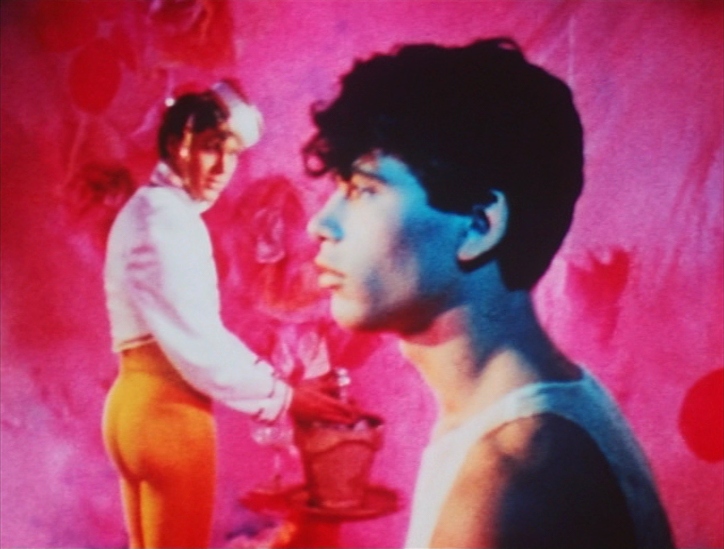
It’s a shame that James Bidgood never went on to direct larger projects, with grander sets and a more audacious narrative. However what works we do have by the filmmaker and artist are an absolute treat, including none other than Pink Narcissus. Famously taking place in Bidgood’s New York apartment which with a little elbow grease and glitter he transformed into a dazzling urban fantasy.
Narcissus, who in Greek mythology drowned by attempting to reach for his own reflection, is re-embodied in Bidgood’s camp dream-escapade as a male prostitute whose beauty is other-worldly (to think that Bidgood met Bobby Kendall, the pink hustler, on a street corner in New York, and that Kendall was surprised to be offered a leading role in a film, given that his whole life he thought himself to be ugly – imagine!).
This camp classic plays out like flipping through an erotic catalogue, desire transforming the city into a purposefully artificial stage set where fantasies are enacted and realised in full, flourishing force. Bidgood’s talent lies in his ability to quite literally queer his source material, or rather, bring out the queerness inherent in the original myth, of a beautiful man who falls for his reflection, a male beauty that is in itself an illusion. The film therefore teases us into understanding the contemporary gay imagination as one that is playful with illusion and fantasy, a meaningful process of world-building in which queer individuals can move around a city which would otherwise rather see cruisers in prison.
Bidgood never credited his name to the picture when it was first released, and the anonymity of its creator led many to speculate that Andy Warhol was the kitsch mastermind behind Pink Narcissus. Perhaps the mystery around the film played a large part in affording it the status of myth – after all, myths themselves are curiously without author – they are stories and images that have outlasted those who told them.
10. Metamorphoses (1978)
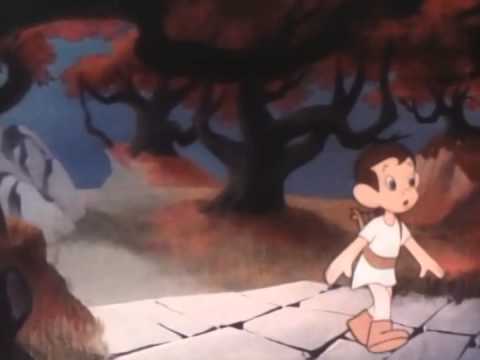
While Bidgood may imbue his Greek myths with colour, whimsy and an almost animated graphic design, the Greek myths have quite literally been animated by Takashi Masunaga whose Metamorphoses retells the stories of Ovid while set to the rock music and disco tunes of Arthur Simms and Pattie Brooks (the song ‘Where are you going, Pegasus?’ which accompanies the tale of Medusa is none other than camp brilliance).
Perhaps lacking some of the sophistication and dynamic artistry of Fantasia, Masunaga’s film is nevertheless a gem – a silly, playful repeformance of the Greek myths, where Orpheus’s descent into the Underworld is synchronised with a funky disco beat and his ascent later on is made possible by Hades inviting the hero to climb up his ribcage. Where the sometimes repetitive animation loses our interest, it’s held up by the cold sass of Peter Ustinov’s narration, who drops gossip about Medusa such as, ‘What’s all this souvlaki everybody’s been giving out about serpents in her hair?’.
It is by all accounts a rather ridiculous film, hard to take seriously as a piece of animation, and yet this isn’t to say that the film can only be enjoyed for its shortcomings (the way the opening credits roll up the spacey screen blends Star Wars aesthetic with the tales of Ovid). Instead, there’s a remarkable sense of a child-like imagination reviving these myths, a style of storytelling lacking in self-consciousness and cerebral reference making. It is sheer play, something animation has always pulled off better than live action movies, filtering ancient myth through the rock era’s own sense of fantasy and pleasure.
Looking at the variety of films that borrow from mythology and Classical stories, it’s clear that films, much like the myths they borrow from, have a way or recirculating old structures with new faces, plots and aesthetics; they are both variable and invariable, revived in imaginative new forms that suggest a different way of seeing the world around us, of seeing the stories that have shaped the past and will shape the future. And such works shed light on the timelessness of storytelling, a timelessness that has been made all the more possible by cinema.